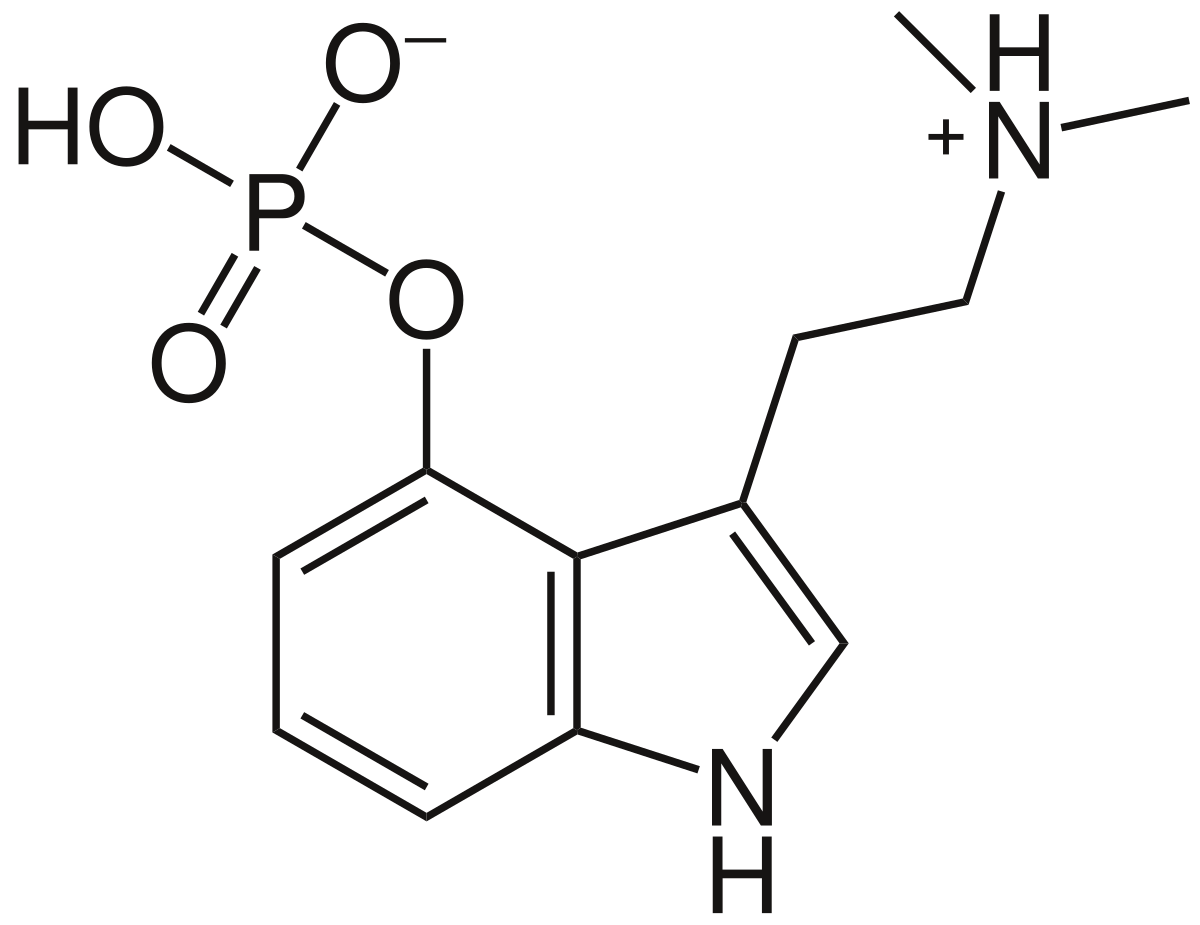D
Deleted member 47272
Synaesthesia
- Joined
- Oct 7, 2023
- Posts
- 1,889
- Reputation
- 1,529
Psychedelics

Psychedelics
Psychedelics (also known as serotonergic hallucinogens) are a class of psychoactive substances that produce an altered state of consciousness marked by unusual changes in perception, mood, and cognitive processes.
While the precise mechanism of action is not known, psychedelic substances are thought to produce their effects by binding to serotonin (5-hydroxytryptamine or 5-HT) receptors in the central nervous system, particularly the 5-HT2a subtype. Serotonin plays a number of critical roles throughout the human body and is a key neurotransmitter involved in the functioning and regulation of sensory perception, behavior, mood, cognition and memory.
Human usage of psychedelics predates written history, and there is growing evidence that they were employed by early cultures in a variety of sociocultural and ritual contexts. In modern times, psychedelic substances are used for a number of purposes that span from the traditional shamanic forms (such as the use of ayahuasca in the Amazon jungle, or peyote among Native Americans) to more modern forms of New Age spiritual, transpersonal, or religious practices.
Psychedelics, particularly those in the traditional or herbal forms, are sometimes referred to as entheogens (i.e. "generating the divine within") by those who use them for these purposes, although they are also used in modern recreational settings.
Subjective effects can vary significantly depending on the subclass, but generally include some form of open and closed-eye visuals, time distortion, enhanced introspection, conceptual thinking, euphoria, and ego loss. The so-called classical psychedelics, which consist of LSD, psilocybin mushrooms, mescaline, and DMT (ayahuasca) are considered to produce the archetypal psychedelic effects and also have the most established safety profiles.
Psychedelics can be divided into three major sub-classes: tryptamines, lysergamides, and phenethylamines. Psychedelic tryptamines (e.g. psilocybin, 4-AcO-DMT) are either based on or derived from dimethyltryptamine (DMT), lysergamides (e.g. LSA, AL-LAD) from LSD, and phenethylamines (e.g. 2C-B, DOM) from mescaline.
Unlike other highly prohibited substances, most psychedelics have not been shown to be physiologically toxic and none have been shown to be addictive. However, adverse psychological reactions such as severe anxiety, paranoia, delusions, and psychosis are always possible, particularly for those predisposed to mental disorders.
As a result, it is highly advised to use harm reduction practices if using these substances.

Psychedelic drug - Wikipedia
MDMA
Last edited:

